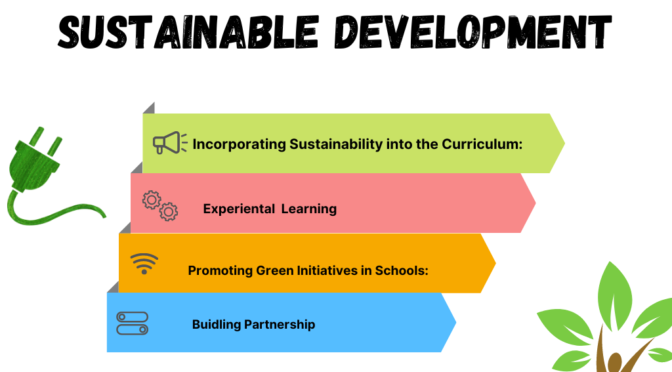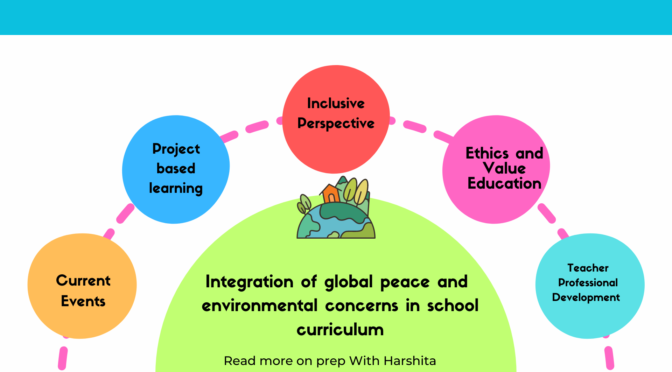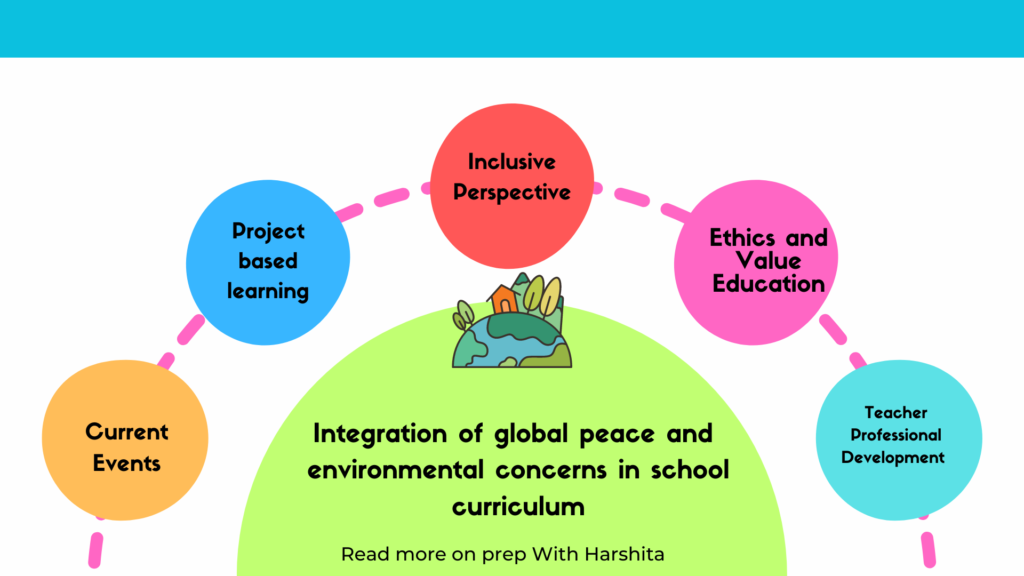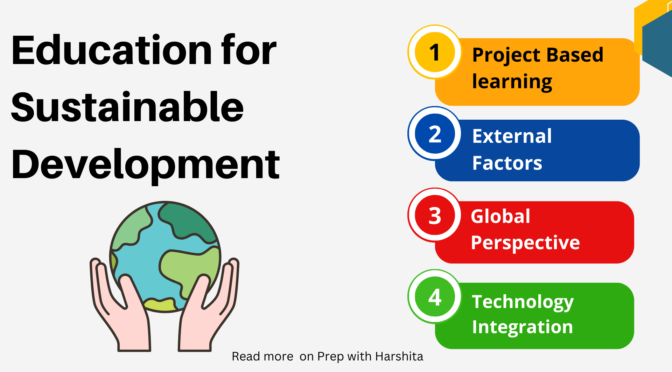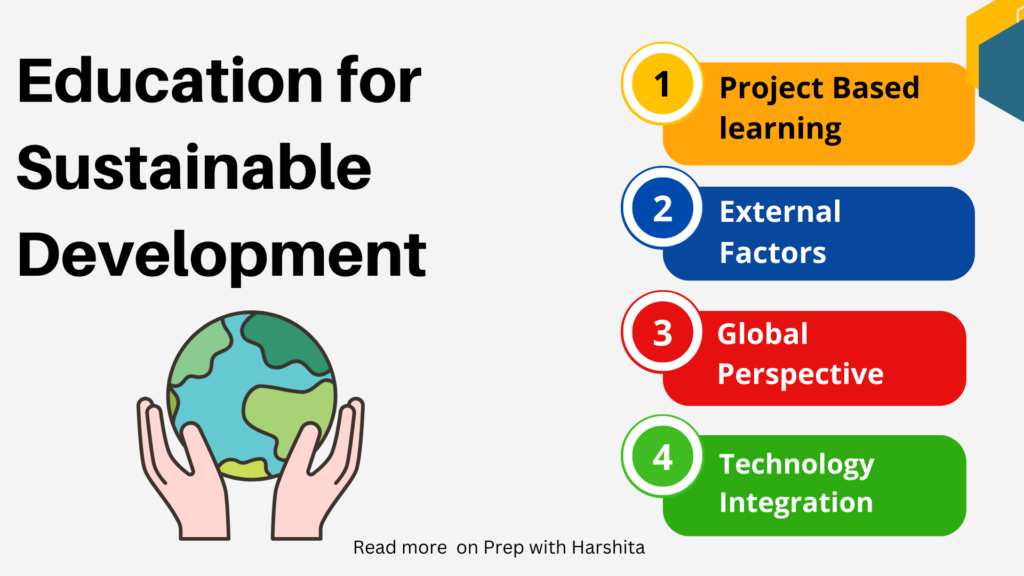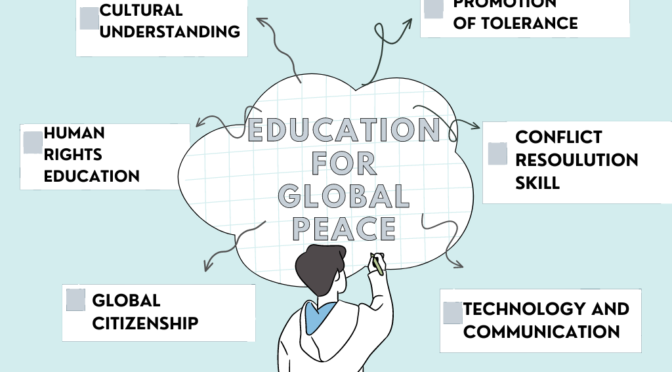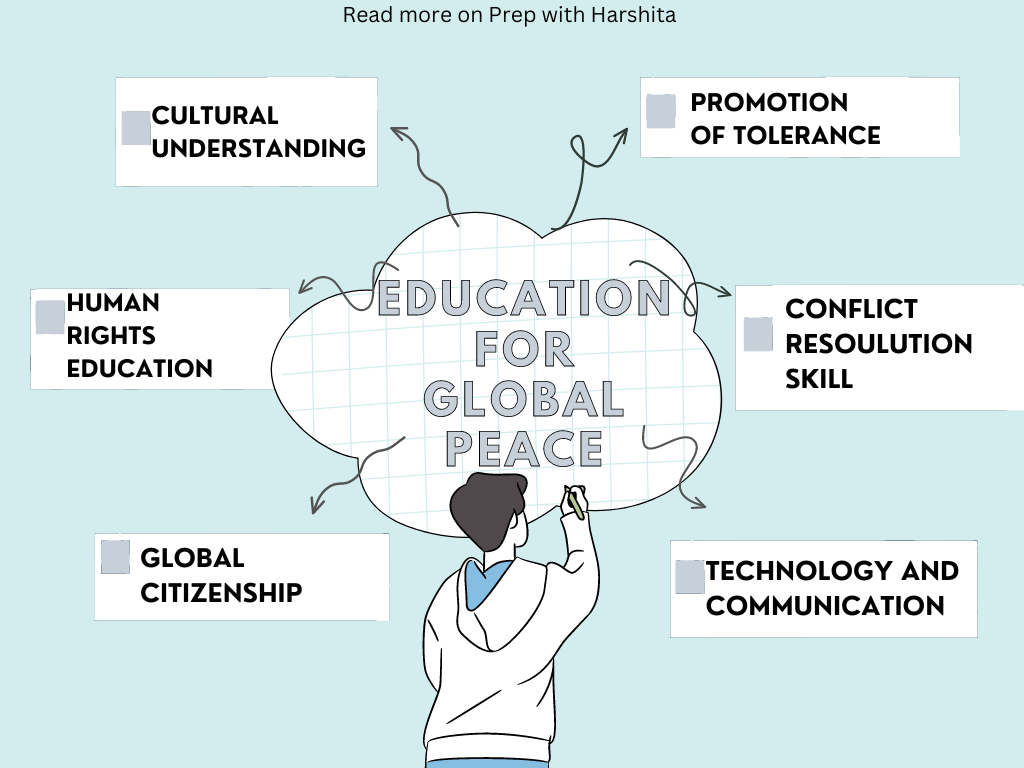Teachers play a crucial role in promoting sustainable development, as they are responsible for shaping the knowledge, values, and attitudes of the next generation. Here are some key ways in which teachers can contribute to sustainable development:
Incorporating Sustainability into the Curriculum:
Integrate sustainability concepts into the curriculum across various subjects. Focus on the interconnectedness of social, economic, and environmental issues, providing students with a holistic understanding of sustainable development.
Experiential Learning:
Implement hands-on, experiential learning activities that allow students to engage with sustainability issues directly. Field trips, environmental projects, and community service initiatives can enhance their understanding of sustainable practices.
Promoting Green Initiatives in Schools:
Advocate for and participate in green initiatives within the school community. This could include promoting recycling programs, energy efficiency measures, and sustainable practices within the school infrastructure.
Building Partnerships:
Build partnerships with local environmental organizations, businesses, and community groups. Collaborating with external organizations which can provide additional resources, expertise, and opportunities for students to engage in sustainability projects.
Fostering a Sense of Responsibility:
Instill a sense of responsibility for the environment in students. Teachers can model sustainable behaviors, such as waste reduction, energy conservation, and responsible consumption, and encourage students to adopt these practices in their daily lives.
Also Read : Education for Global Peace
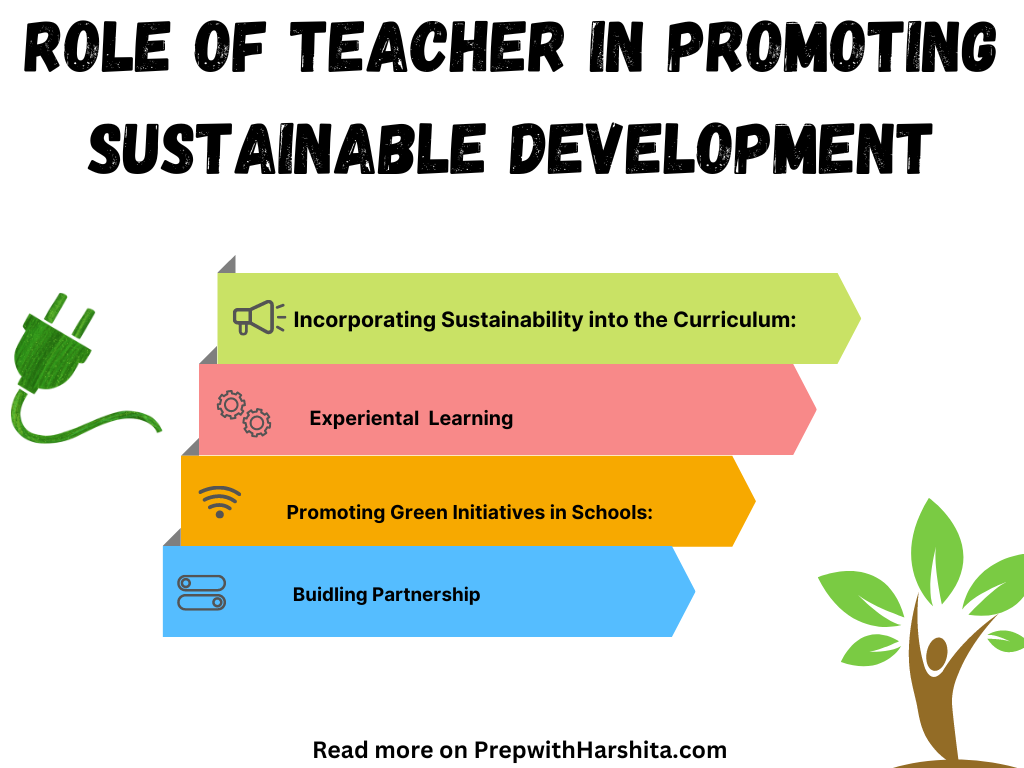
Also Visit: Prep with Harshita

